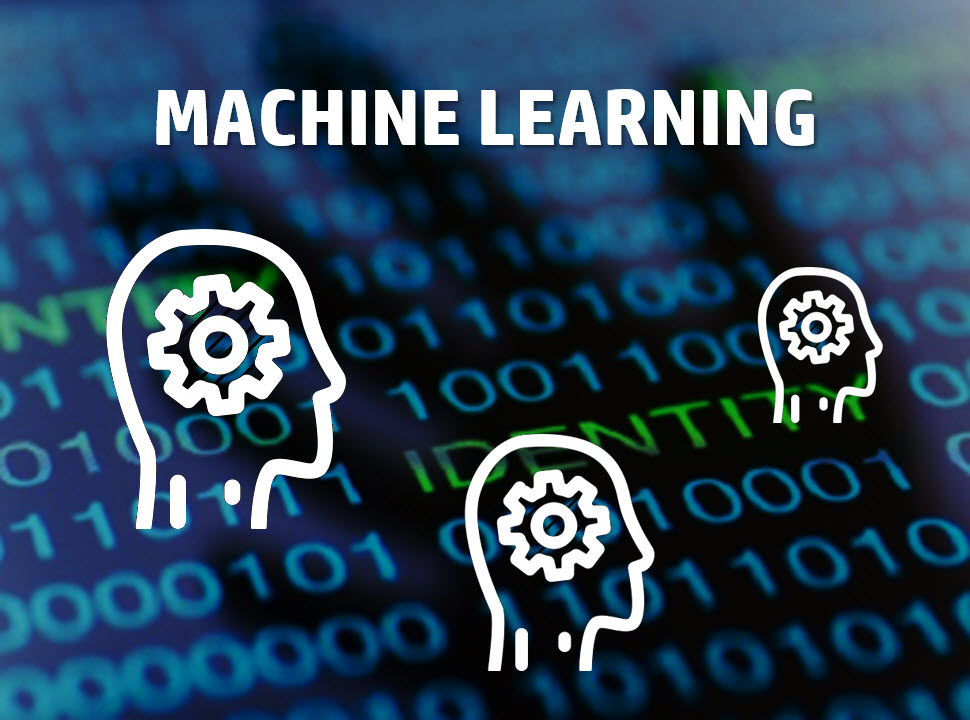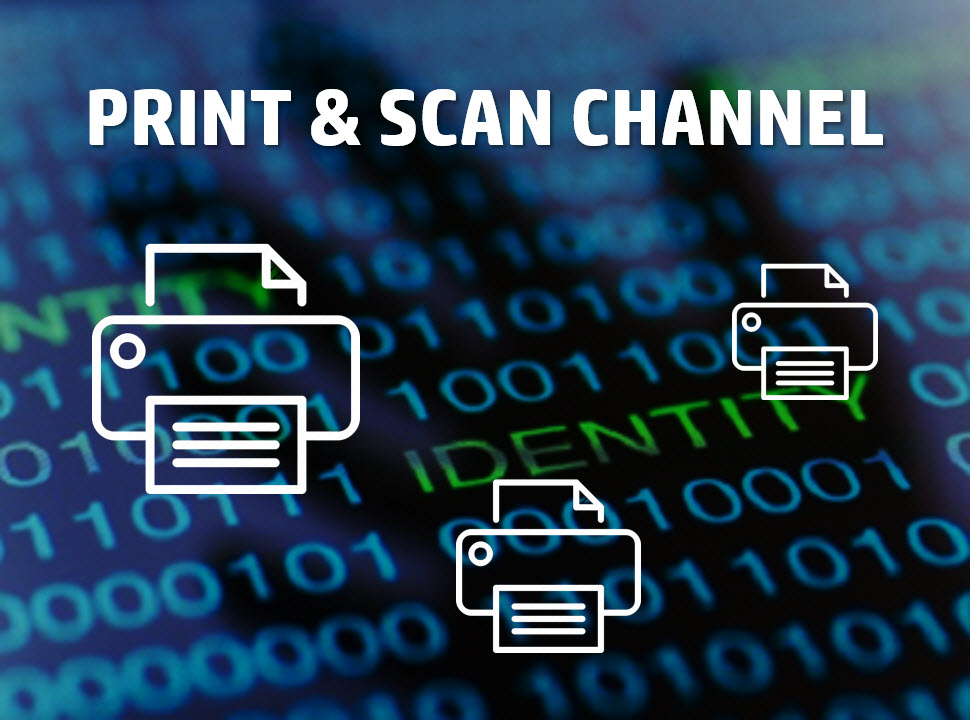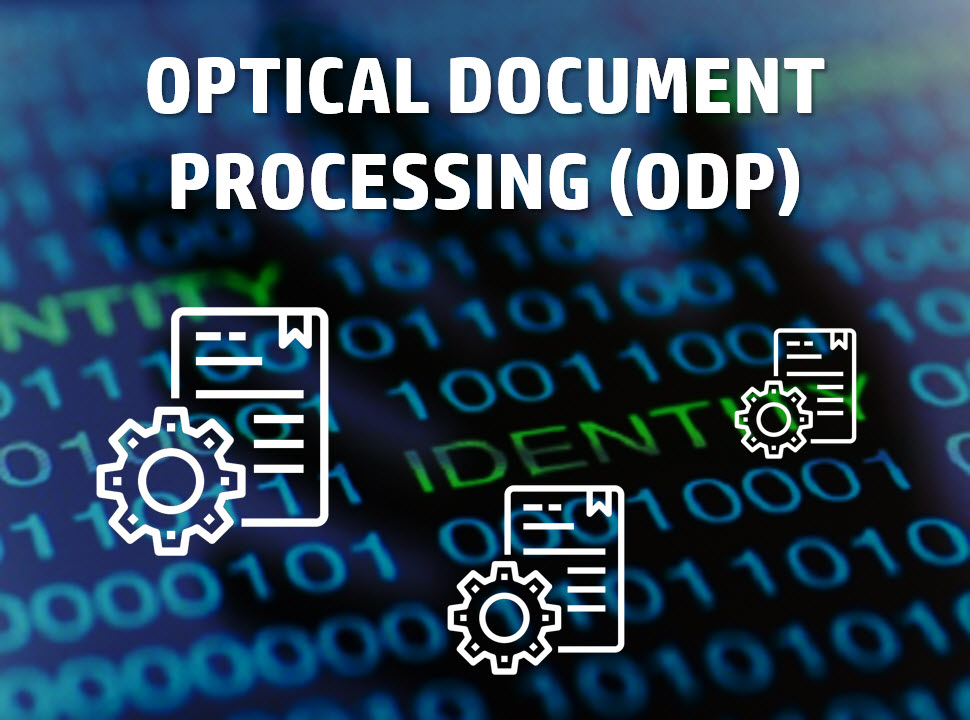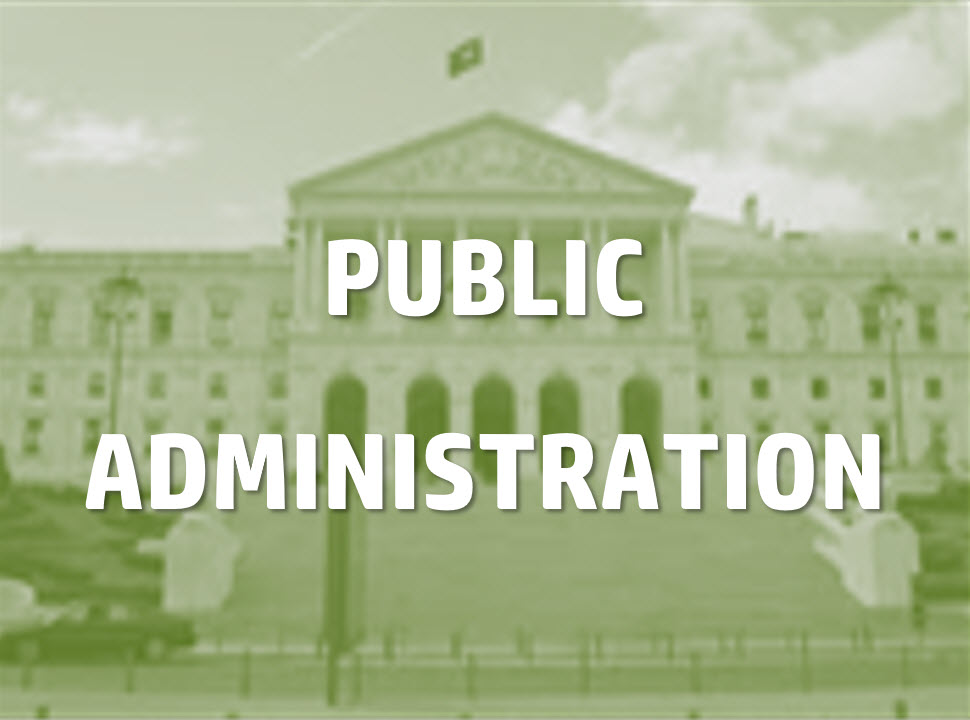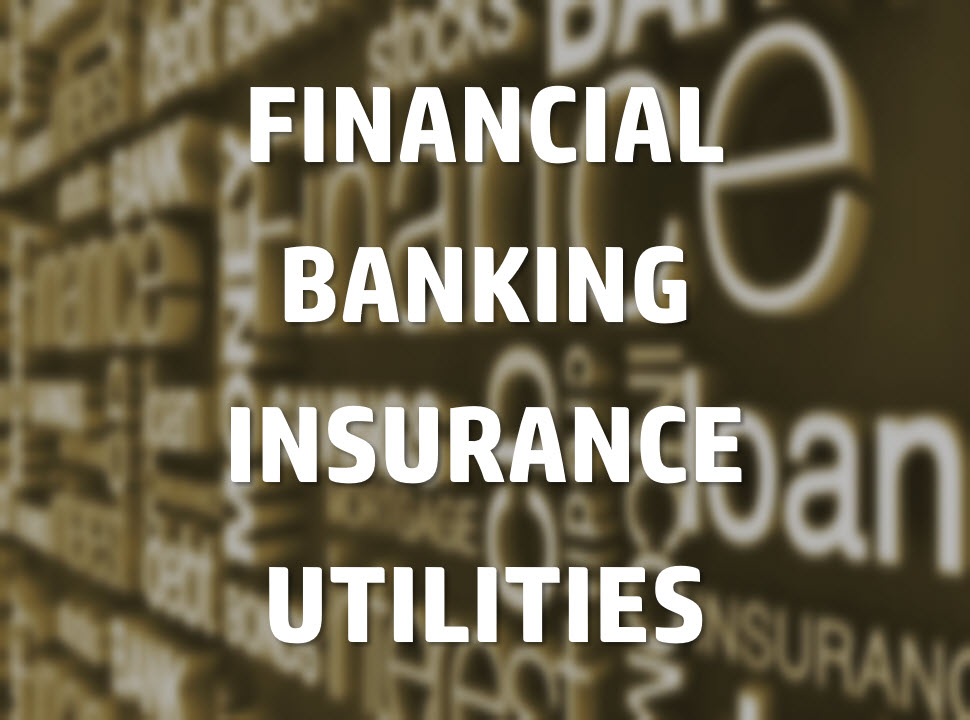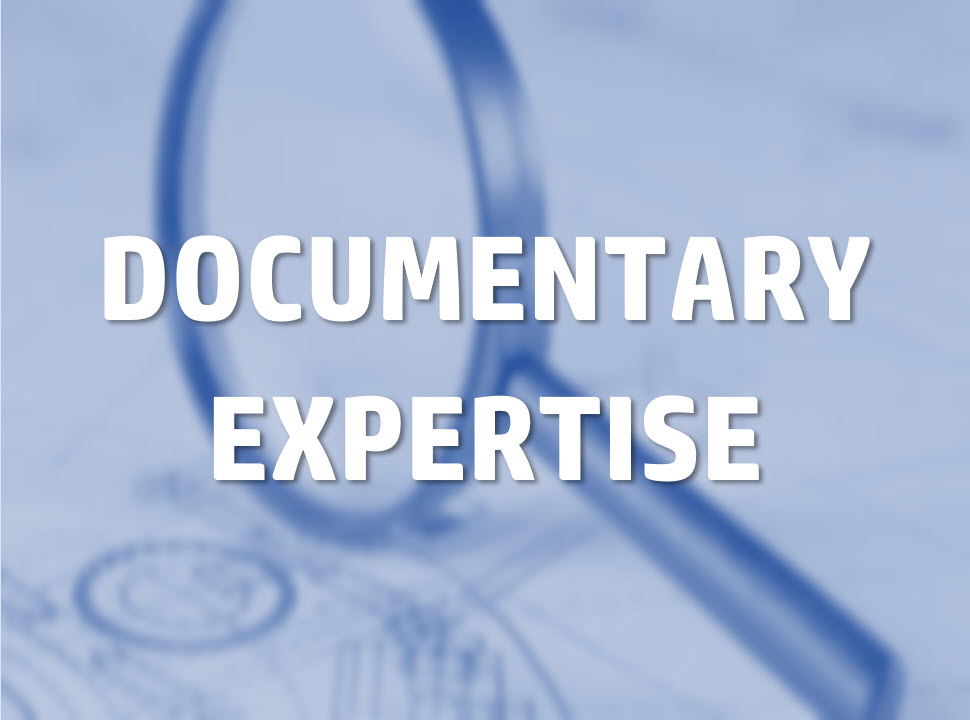DOCUMENT PROCESSING SOLUTIONS
EXTRACT DATA > AUTOMATIC VALIDATION > FRAUD DETECTION
DOCUMENT PROCESSING SOLUTIONS
We collaborate with organizations analyzing their technologies and processes to design and implement solutions for the processing and automatic verification of documents data extraction to feed different systems and the development of fraud prevention and detection mechanisms using the most innovative methodologies which translate into operational, financial gains that contribute to an increase in quality and efficiency in organizational processes.
The complexity of our customers needs requires a different approach opposite to traditionally used by the IT industry. Current solutions for mass digitization and document management by large organizations are still far from their perspectives due to their lack of robustness and the great need for human interaction so that business processes can evolve successfully. This innovative offer of value-added services is based on three pillars, Machine Learning, Print & Scan Channel and Optical Document Processing (ODP).
In this context, we develop solutions for the processing and automatic verification of documents according to the specific needs of organizations in different business areas (eg Banking, Insurance, Utilities, Public Administration, Private, etc.).
TECHNOLOGY
